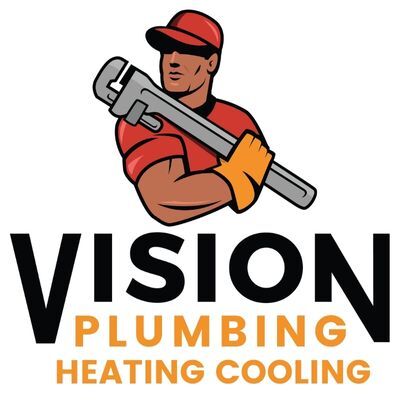Will it ever stop snowing? It seems not, but we all know spring is on the way and summer is not far behind.
For now though, we’re stuck with below zero temperatures that can cause severe plumbing problems homeowners must be aware of.
Here are a few:
- Frozen pipes: Watch your water pressure this time of year because the first sign of a frozen pipe is restricted water flow. If you notice this, be sure to act quickly and call a professional.
- Let cold water trickle from your faucets, slightly smaller than a pencil’s width, during the evening when the temperature is the coldest. This helps prevent freezing as moving water does not freeze.
- Garden hoses can cause major damage if not disconnected. During cold snaps, if a garden hose is left connected, ice will form and pressure will build up in the water lines inside your home. Once this occurs, a water line leak or break is common and this can cause severe damage to the home. If you haven’t already, disconnect garden hoses and drain outdoor pipes to prevent damage.
- After disconnecting hoses, you should install an exterior, insulated faucet jacket. This will protect your outdoor faucets, as well as the connecting lines running into the home, from freezing temperatures. Also, be sure to utilize the shut-off valves located inside your home to drain water from pipes leading to outdoor hose bibs. These valves can typically be found under sinks, in crawl spaces or basements, near your water heater or your meter, but every home is different and some homes may not be equipped with these valves.
- Circulating warm air helps keep pipes in the walls from freezing. Keep your house warm enough to prevent pipes from freezing and open cabinet doors under sinks and faucets and near exterior walls to help circulate warm air and keep pipes warmer.
- Close crawl space vents and garage doors, especially if your water heater is in the garage.
- Check to be sure that snow is not restricting your water drainage. Watch the area around your sump pump discharge line used to avoid flooding indoors, as this line drains from a basement to an outside area. If the drainage area is blocked by snow or flowing into a puddle, freezing could occur as well as water backing-up into the house.

